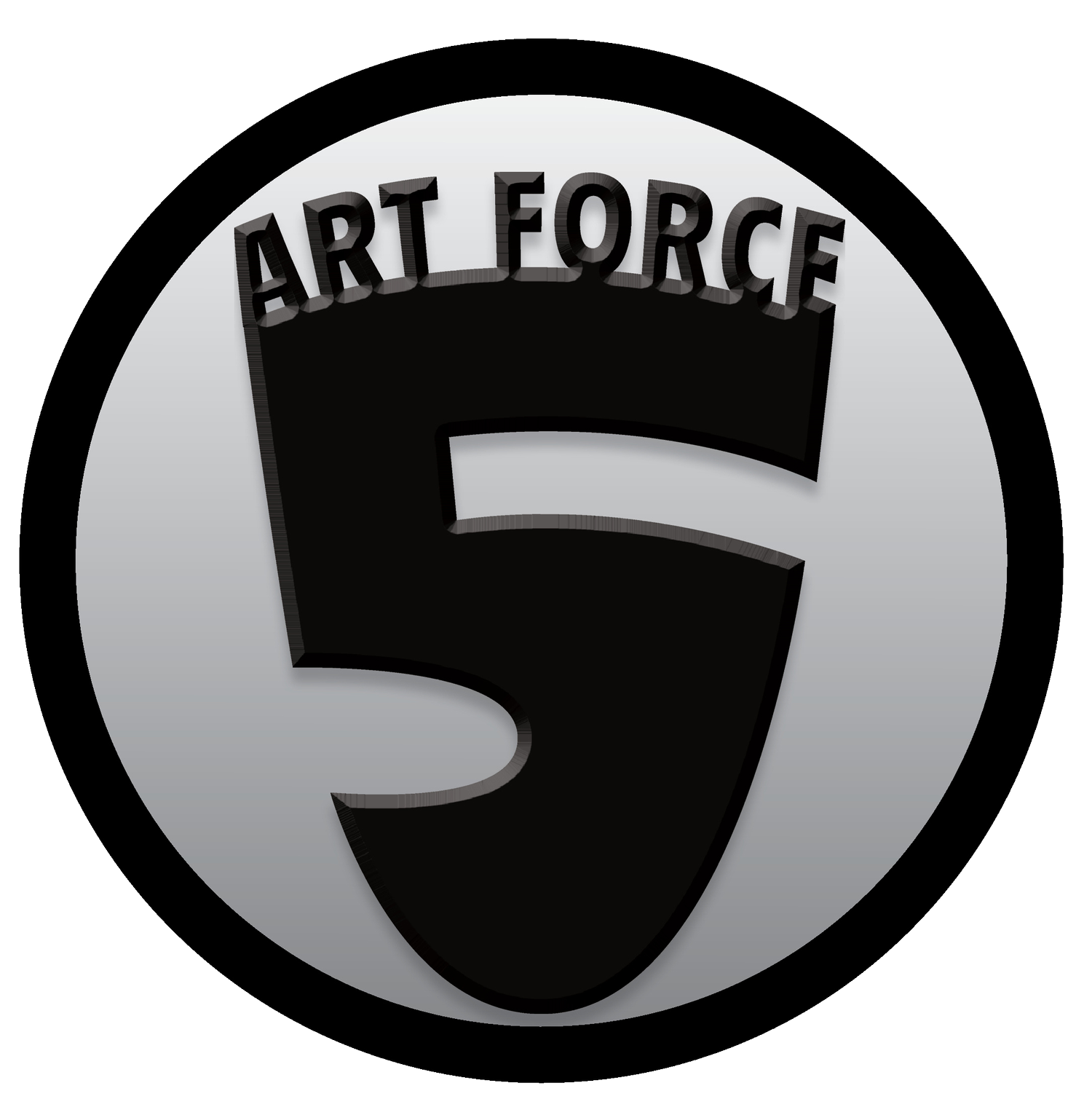Art Classrooms unite for tribute to female trailblazers of the Harlem Renaissance
NYC - The centennial anniversary of a pivotal artistic moment is the inspiration for spotlighting female artists of the Harlem Renaissance this March. Students at Lower Manhattan Community Middle School - one of fourteen NYS partnering schools – have designed digital portrait tributes to 31 icons – with one icon hitting closer to home.
Jessie Redmon Fauset, the literary editor of NAACP’s The Crisis, was the guest of honor at a March 21, 1924 book release party also known as the Civic Club Dinner. The dinner occurred on West 12th Street in Greenwich Village, and brought together mainstream (white) publishers and the emerging poets and novelists of the movement that would become known as the Harlem Renaissance. Lower Manhattan Community Middle School (LMCMS) will paint a mosaic portrait in the art classroom on March 15, and share their tribute on March 21, one hundred years after Fauset’s release of her novel There is Confusion.
LMCMS is one of fourteen schools connected through the New York State Art Teachers’ Association (NYSATA), whose Diversity, Equity, and Inclusion committee is coordinating the fifth year of a collaborative Women’s Empowerment March approach to Women’s History Month. Each school is charged with building a lesson plan that celebrates a specific artist or introduces a lesson in a similar medium. Icons include the more famous faces of singer Ma Rainy, performer Josephine Baker, and sculptor Augusta Savage and introduce audiences to lesser-known names, including many artists that never stepped foot in Harlem but contributed to the national movement of elevating Black and Brown voices through literature, fine arts, and performing arts.
LMCMS students each were assigned an artist to familiar themselves and to design a digital portrait for an educational poster. The poster’s Harlem Renaissance timeline centers itself on the March 21 dinner as an interesting opportunity where mainstream media and publishing began to offer space for new voices. Dan Napolitano, a member of the NYSATA DE&I committee and founder of this collaboration, works at The New School on West 12th Street and passes the address of Fauset’s book release each morning. The original building has been replaced by The First Presbyterian Church Nursery School.
“Fauset actually felt her party was co-opted by specific men in the NAACP and Urban League leadership,” Napolitano says. “She was forced to share a spotlight that was initially planned by her and her small writers group, for her own book release. The event became a much bigger affair with Dr. Alain Locke as the MC and a who’s-who of rising voices taking the stage. Jessie was the literary editor of The Crisis and only later recognized with introducing the words of Langston Hughes and Countee Cullen to the masses. She is an unheralded lifter of voices that deserves greater respect for her leadership and own literature.”
Educators and history lovers may find more information about the Women’s Empowerment March at www.artforce5.com/WEMarch or by following the hashtag #WeMarch2024 throughout the month on Instagram and Facebook.
